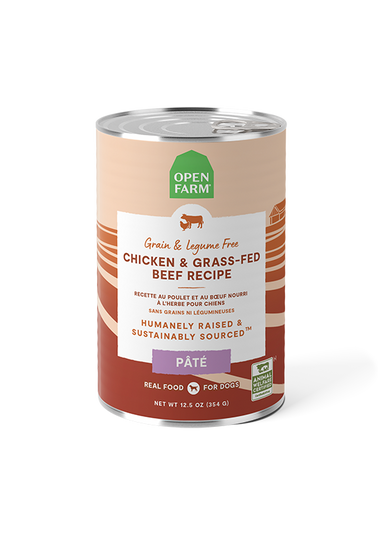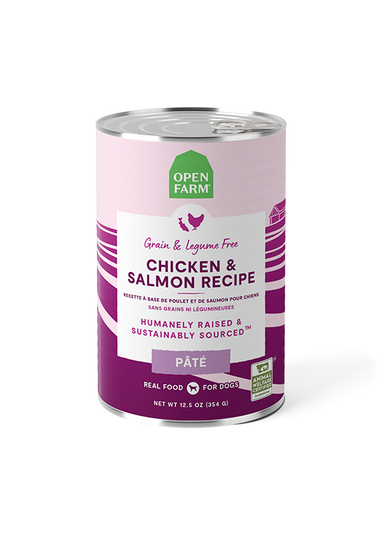It is no secret that the number of households with pets increased due to the pandemic. Stay at home orders allowed pets and owners to bond during these unprecedented times. As we start to see more of the population getting vaccinated, going back to the office, eating out, and seeing others doesn't seem as far away. While you may be prepared for this, your dog may not be. Even if you are an experienced pet owner, your dog has grown accustomed to having you around 24/7. Because of this, your dog may experience loneliness or separation anxiety and will need some help adjusting to what life will look like without you around as often. Below are some signs your dog may have separation anxiety, along with tips on how to help socialize them.
While society is slowly starting to re-open, this can be a great time to observe your dog's behavior more closely to see if they may struggle when you aren't around. Ask yourself:
-
Does my dog follow me from room to room?
-
Does my dog not like being outside without company?
-
Does my dog whimper, bark, howl, or show other signs of sadness when I leave?
-
Is my dog overly excited or frantic when I return?
If you answered yes to all or some of the above, your dog might be dealing with loneliness or separation anxiety. While this is normal, as a pet owner, you will need to implement steps that will help prepare your anxious dog for life post-quarantine. Just like humans need to take small steps to adjust to big life changes, your pet does too. This means you will have to ease into spending less time together and avoid going from giving your dog constant attention to long periods of loneliness. Choosing to take this process slow and steady can help mitigate potential unwanted behaviors such as urinating and defecating around the house, continuous escape attempts, and household destruction such as chewing or digging. You know... all that fun stuff pet owners love to deal with!
With help from our experts, we have compiled a list of some easy dos and don'ts that can help reduce your dog’s separation anxiety .
Do: Start leaving the house for small amounts of time, slowly increasing the amount as the days go on. To start, try leaving your dog at home and going around the block to see how they react to this.
Don't: Overly coddle your dog before you leave, or over-prepare them for your exit. As they say, sometimes you just need to rip the Band-Aid.
Do: Create a safe, comfortable space for alone time. For example, get them their favorite toys, or maybe even buy them a new one as a little pooch present?
Don't: Crate your dog or confine them in a small space with no toys or access to food and water.
Do: Schedule a puppy play date with other familiar dogs before visiting the dog park, so they have a chance to interact with other dogs again.
Don't: Immediately resort to taking your dog to the dog park. This could be too overwhelming for them depending on how many interactions they have had during the pandemic.
Do: Reward your dog for calm behavior or signs of improvement. This requires patience and determination!
Don't: Punish your dog for having separation anxiety. Punishment will not be effective and could even worsen their anxiety.
In order to help treat anxiety in your dog, consider products that stimulate feelings of calmness and relaxation, such as Open Farm's Certified Humane® Goat Milk Relaxation Blend. This nutritious, protein-dense milk has natural and organic herbs that are proven to help with relaxation. This product also aids with sensitive stomach ailments, which are a common side effect of dogs experiencing stress.
It's easy to forget that your dog also went through significant lifestyle changes due to the pandemic. Still, the above techniques and recommendations will help prepare you both for the transition you are about to face. It's important not to forget that this can be a stressful process. Remember to move at your dog's pace. Be patient, look for behavioral changes and be mindful that you may have to adjust your routine. However, all of this will help create a happy, stimulating social environment for you and your best friend post COVID!





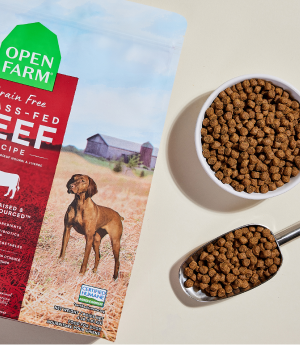
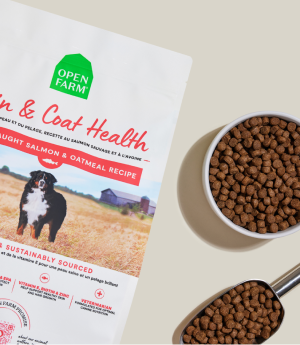
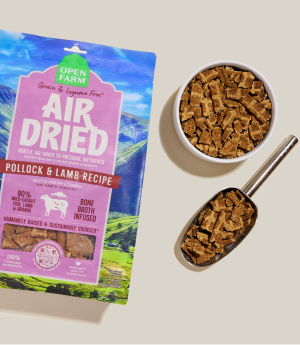
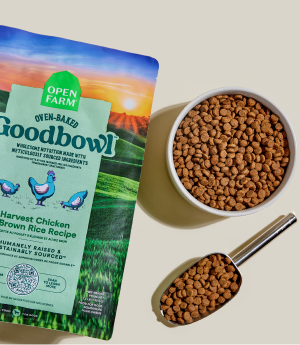
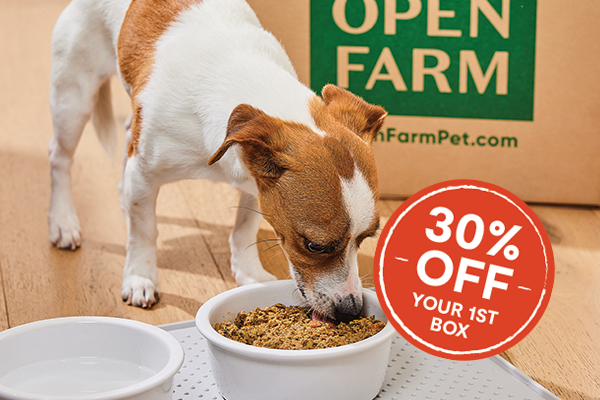

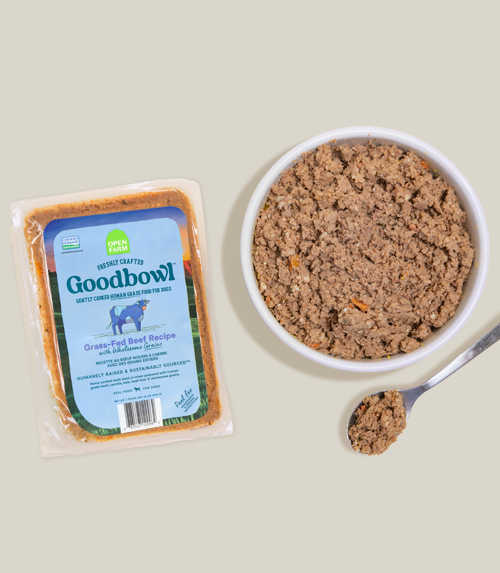

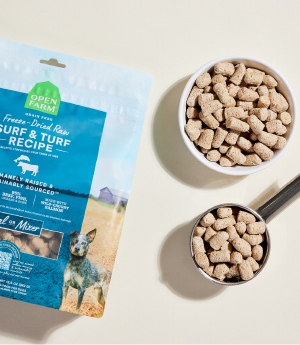
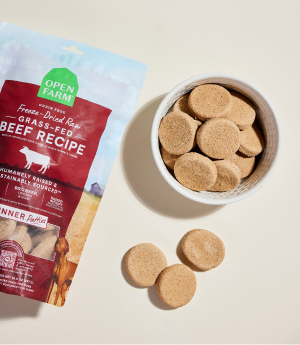
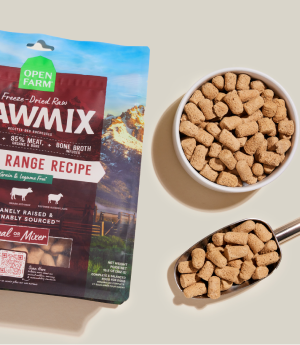
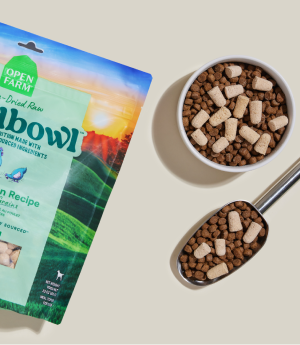
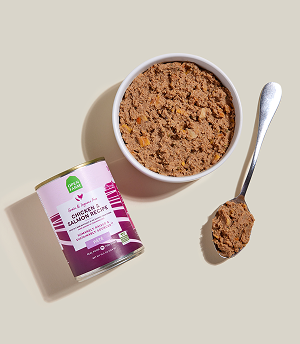
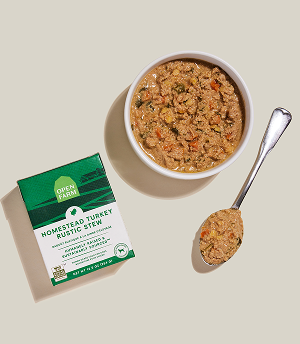
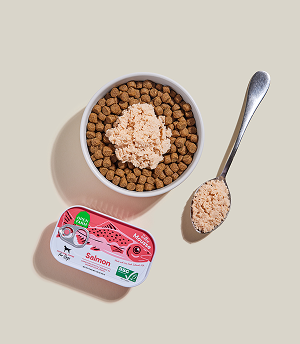
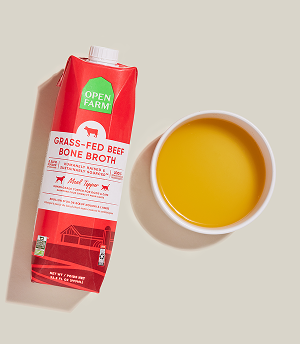


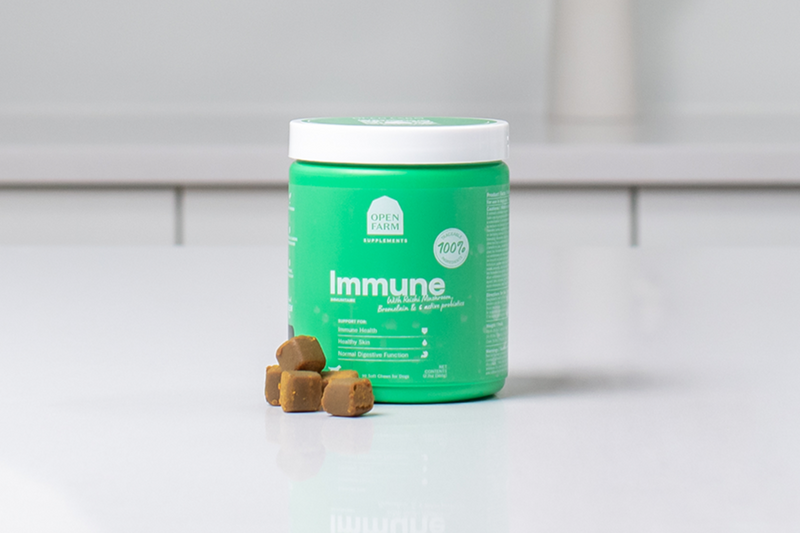


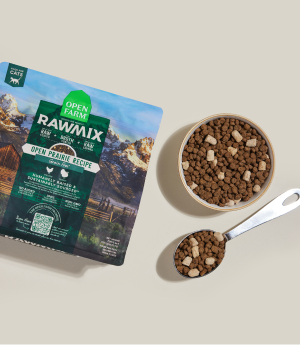
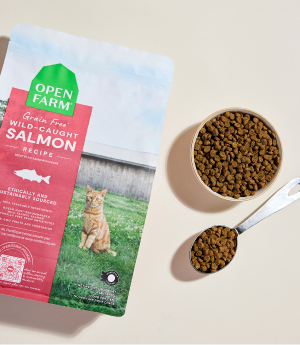
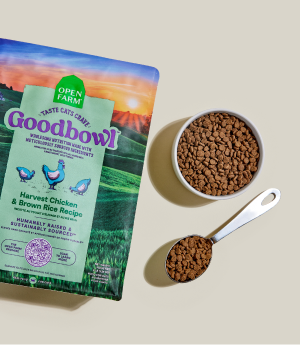
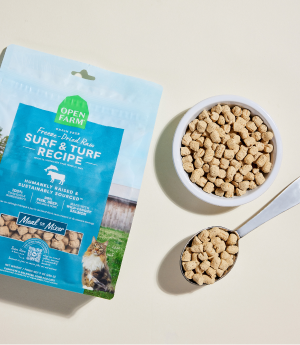
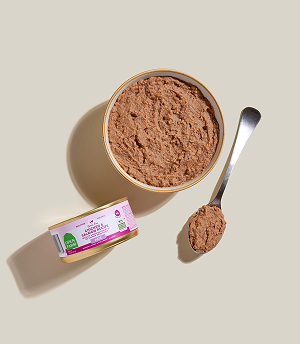
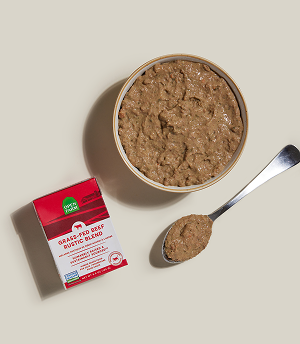
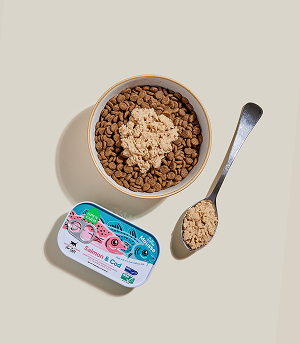
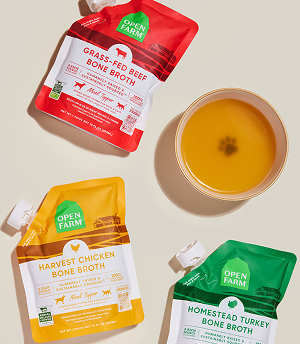
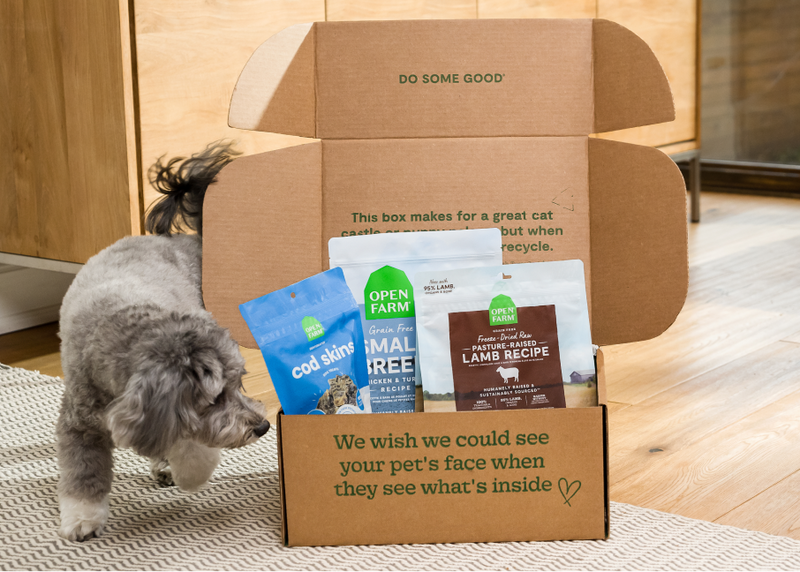
 Sign In
Sign In
 Create Account
Create Account




